I’m often asked about how to photograph people. So here are some tips that I’ve learned through experience.
Get close to people – You can’t be shy when you’re photographing people, and it helps if you like people and interact with them a bit, getting to know them. Be up front about what you’re doing. Most people don’t mind at all, and when someone says they don’t want their picture made, I just say, “no worries,” and move along. Find a person that you find interesting and it’s likely that your viewers will find them interesting too. I met this young woman on the plaza in Santa Fe, New Mexico.
Don’t forget the background – Placing a person in a setting helps tremendously. It gives us extra information about who they are, and it adds overall depth to the image, making it more interesting. Portraits with cluttered backgrounds distract from the person. When I was making photographs of the nomads on Ladakh’s Changtang plateau I actually walked around looking for the proper background first. I first noticed the snow covered mountains and the clouds and then found the person to add to that scene.
Or find a simple background – Sometimes you just can’t find the right background, so simplify and make the subject the only thing in the photograph. All attention is now on them. Another option would be to use a longer lens. By using a zoom lens you can increase the depth of field and make the person stand out against even a busy background. When I met this young girl at the camel fair in Pushkar, India, it was dusk and I couldn’t quite find a way to make her stand out, until I noticed a small pond. When I asked her to stand in front of it and some of the last light of day hit her eyes, I knew I’d found the right place to make her portrait.
Isolate people in crowds – When you’re photographing in cities, especially in cities such as Varanasi, in India, there are going to be crowds. Isolate interesting people within the crowds. When I saw this one old lady from a moving boat on the Ganges River, I had only a moment to make the photograph, and seeing that she momentarily stood out from others I had to attempt the shot. It’s not technically perfect, but it’s become one of the most viewed images on my website, nomadruss.com
Focus on hands and feet and other details – Just like you might isolate a person from a crowd, you can also focus on only certain parts of the body. Hands and feet tend to make interesting detail shots, and we learn about the people through things such as the jewelry they wear. In this case, a woman’s double rings as worn in this slum area of Delhi, indicate marriage.
Make environmental portraits – We all like to see people in their environment. It adds a dimension of understanding to their lives. It might be work, such as someone doing construction, or the daily work of cooking for the family. Again you’ll be placing the person in an environment where we come to understand more about them. I like to look for common scenes that convey what people do as part of their normal existence. This man in Jodhpur, India, sits on his door stoop in the morning reading The Times of India.
Shoot at eye level – The most neutral place to be when photographing people is at eye level. Shooting from below can make someone appear grand, and shooting from above can also change the storyline. Most of the time I like to shoot portraits around eye level. This impromptu portrait was made on a freezing cold morning while trekking the frozen Zanskar River in Ladakh, India.
Be unobtrusive – You don’t always have to ask directly for permission, I often don’t, at least not verbally. If you just spend some time on the scene and allow people to notice you with your camera, and then slowly blend into the background, you’ll find that you can make images of people as they’re being natural. You can show them the photos afterwards and interact a bit and thank them. I made this photo of a young monk watching a masked dance festival, while awaiting his turn to dance, before he noticed me.
Pay attention to light – Yes, this can be said about every single photograph and it’s just as important in photographing people. Pay attention to the light, and particularly how it adds detail and directs the viewers eye. Catch-light in a persons eyes is vital to a photograph feeling alive.
Share your photographs! – Do you want to make people really happy? Do you want to get invited back to photograph them again? Well, you can do a lot of good by giving people a copy of the photograph you made, especially in areas where it’s difficult for people to get copies themselves. You’ll be remembered, in some areas of the Himalaya people proudly show off photos that a tourist gave them years before. They still remember those people, and they’ll gladly welcome them back.
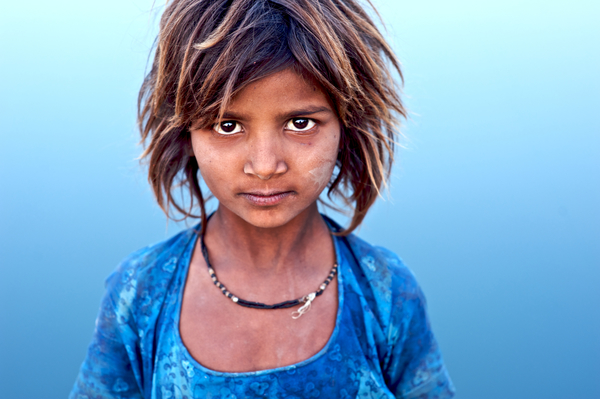
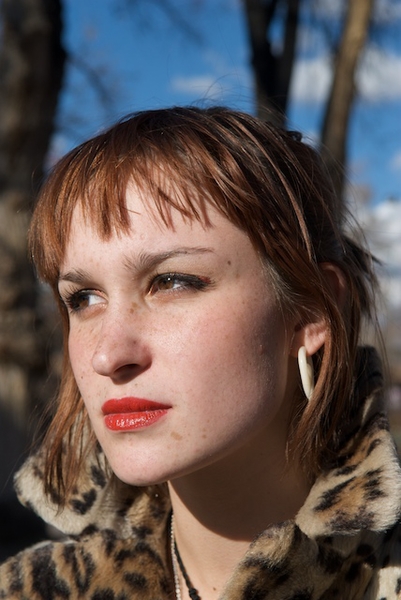
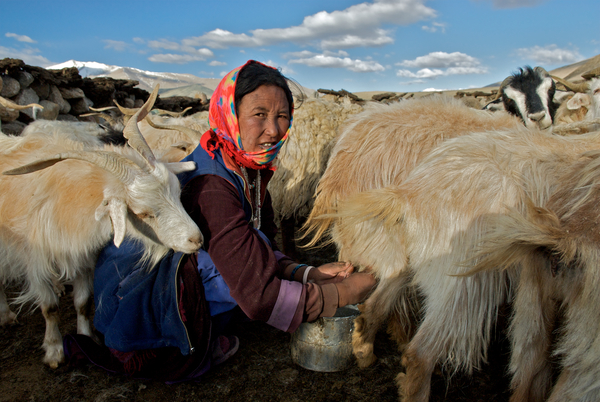
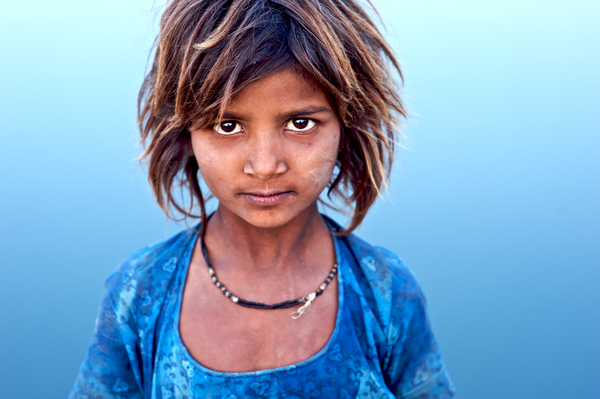
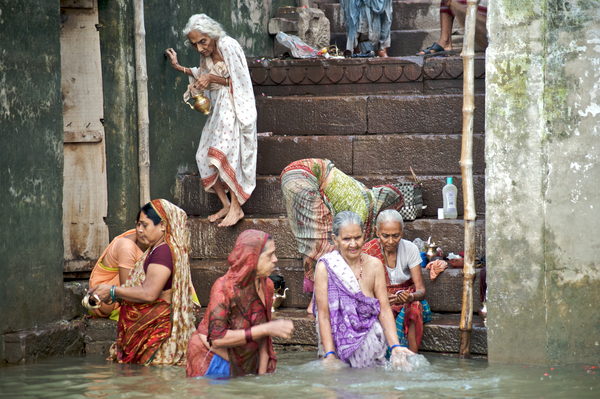
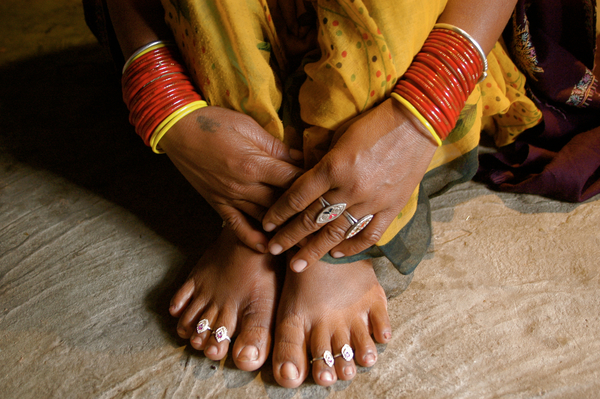
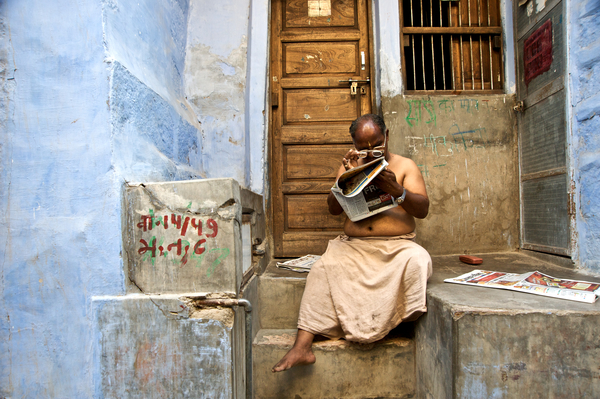
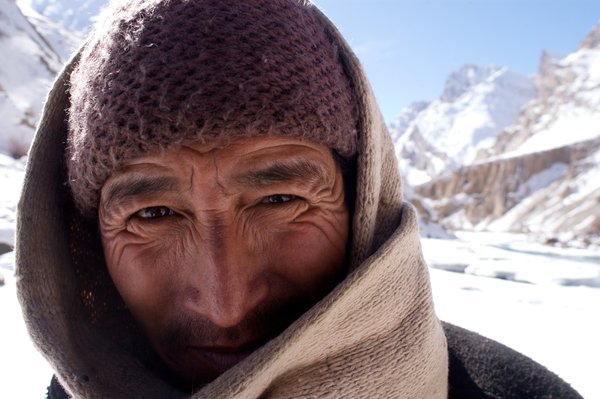
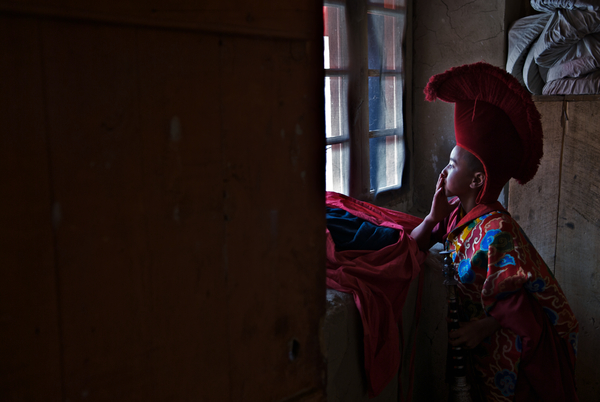
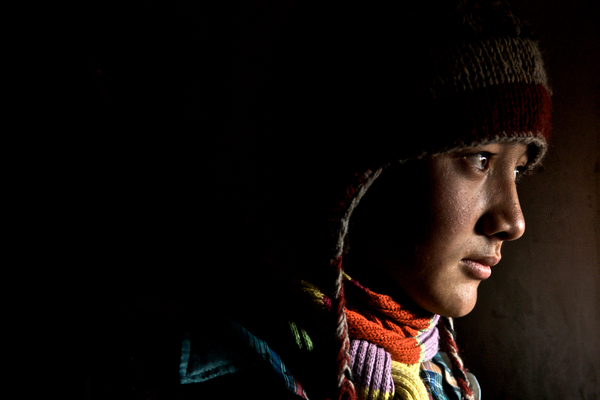

Lovely clicks with a lot of life. Thanks for sharing the tips. They are really helpful
I’m glad you found them helpful, thanks!
great advice….wonderful photographs!
Appreciate that!
Thank you, Russ. This is fantastic, and such a kind thing to do – to share your insight, your experience, your wisdom.
Hey Sveta, thanks for dropping by, appreciate the kind words!
This post could also be titled, “Ten Reasons Russ Taylor Is A Better Photographer Than Me.” Thanks for the practical advice. Enjoyed the photographic example of each tip. Keep up the good work.
Nathan, that gave me a good laugh when this was initially posted from “someone.” Thanks for taking the time to comment, appreciate it!
helpful and inspiring my friend.
Thanks good doctor!
Some fantastic useful advice, thank you! And as always, beautiful photographs.
Hey, thanks Vicky!
Well done, Russ! The results speak for themselves.
Appreciate that Dan!
Great job and hints.
Thanks!
Thanks for doing this. Beautiful photos and great advice.
Hey Melinda, thanks for the kinds words, and I really enjoy sharing anything I can about photography…
Reblogged this on AnythingGoes!☺.
Your photography is, as always, breathtaking.
And the photographs you make of your family, equally so. Your little girl holding the violin, oh my!
Very beautifull action and great photos….
Thanks, appreciate the kind words…
Thanks for this Russ! Beautiful portraits and great tips!
Appreciate that Anna!
Each one gorgeous and exuding tremendous respect for the subject.
I like that you see that, thanks!
Those are some great tips. I think the two that can help me the most are to focus on the details and to share the photos. I love the photo of the hands, rings, feet on your example. So many times in Africa or India I should have made prints and given them out. I will do that in the future.
Thanks for sharing your thoughts. You know how it is, you promise people, you write it in a little notebook, you get home and then…
I even have a little Panasonic printer that I bring into the field with me now. It’s so nice to go back the next day with a print in hand. Of course you have to be careful even with that as its impossible to give a print to everyone.
Reblogged this on glantiwehene and commented:
people with photographic interest
“a little panasonic printer”. brilliant idea. have struggled with this issue. though agree you need to be careful – one wouldn’t want to become too popular.
I learnt a huge amount from this post – thanks.
btw, the Pushkar blue girl is one of my all time favourite images. and that last image of the woman smiling at her picture – is a piece of inspiration.
Hey, I sure do appreciate the kind words! I’m glad to be able to share some ideas and the photographic journey!
I love these pictures! Inspirational, defently.
I’m glad you like them, thanks for letting me know!
I hadn’t seen this post earlier; good tips! What do you use to print when you are in the middle of ‘nowhere’?
I use a real small Panasonic printer. It takes zinc paper that prints without needing ink. The paper has emulsified layers and the image is burned into the paper.
Amazing portraits and fine tips – great post!
Thank you, Sir!
You’re pictures are really really good ! Thanks !
Thanks Lisa!
Great tips! The hardest part for me is feeling like I’m intruding and getting over that to get some good photos.
It always going to be a part of it, that potential for feeling intrusive, and I learn that asking goes such a long way. The most important thing is being authentic and photographing out of your own personality. The more you do it the more natural it becomes.
is nice to see that woman so happy in the last picture 🙂 I photographed children in Cambodia and I thought it might make them happy to have their own photos, but didn’t do it…maybe next time… 🙂
Regarding your advice on how to photograph people: those are good rules to follow, but sometimes though it’s hard to think of rules when you only have one second to catch a moment 🙂 especially with kids, who are non stooooop moving 😀
Great blog! Thanks for sharing tips.
You got it, thanks for dropping in!
Here’s a fine post by the owner of Donna the mongrel, adapting my photographing of people tips to the photographing of your beloved pet. I hope you enjoy it as much as I did… http://weliveinaflat.com/blog/photographing-dogs-nomadruss-ten-tips-reinvented/
Awesome pictures. Really appreciated your post on photographing people. After 37 years of working, I’m taking up photography your post was very helpful. Thanks
I’m glad you’re taking it up, it’s a wonderful art form!
Reblogged this on DIPE blog.
Thanks a lot for sharing your experiences. More over the pictures of this post are really awesome!!
Thanks Anil Ji, I appreciate the kind words!
You are welcome!!
Your photos are stunning!!! Thanks for sharing such advice, it really makes me want to try (I still have a long way to go!)
Thanks for the kind words chouchamelle, I’m happy to share advice and the love of photography. You’re off to a fine start with your work!
thanks!!! 🙂 I was wondering, what kind of lens do you carry with you when you’re traveling? Do you have a wide angle? I’ve just been looking at the whole series on India, it is breathtaking!
Thanks. I’m a fan of prime lenses, and wide angle lenses. I carry and shoot a lot with my 20mm and 35mm lenses. I also carry a 50mm.
A 14-24mm lens would be nice, or a wide zoom along those lines. Maybe the 17-35mm lens. There are times the fixed lens causes issues, such as when I need to change in windy and dusty conditions. So if I was buying for travel, I’d get a wide angle zoom lens.
We all have our budget restrictions, so I’m still using my prime lenses. The last lens I added was a 70-200mm zoom lens. I was really glad to have added this to my work, as it really helped me make some shots on the Changtang that I might have missed otherwise.
Hope that helps, and I’ll be glad to talk through it all further!
So do you change between prime lenses all the time? Do you ever miss an opportunity for a nice shot because you didn’t have the right lens? I’m amazed with the quality of your photos! I’ve read that prime lenses usually gives a better quality, would you agree with this?
I do agree that prime lenses give better quality. Like I said, a fixed zoom from say, 17-35mm would be ideal, but it should be a fixed 2.8 if you want real solid quality. A consumer grade lens of say 3.5-5.6, or something along those lines, is where you start getting lens distortion. So a fixed 2.8 your quality doesn’t suffer much at all. But I do prefer a prime lens. And I’ve missed a shot here or there, but nothing memorably devastating. : ) For example, when shooting on the streets, I sometimes take only my 35mm lens. This keeps things simple, and it forces me to zoom in or out with my feet and get creative, and I like that aspect of things. But, if I were to travel with only one wide angle zoom it would be the 17-35mm or maybe the 14-24mm. But you can’t beat a good primes lens, in my opinion.
Thank for all your advice! I am definitely going to invest in a prime lens… I’m now trying to choose between a 35 or 50mm. I might go for the 50mm because what I cannot do with my zoom at the moment is nice portraits, or street photography. I will have to learn about this new way of taking photos without a zoom, but it’s exciting!
It’s a fun challenge, with a 50mm you’ll zoom out with your feet. You might miss an occasional shot, but you’ll likely be pleased at some that you get. Let me know when you’ve made some shots with it!
Absolutely brilliant! I love every single one!
Thanks Madhu, I enjoyed getting to know every one!
Great tips…and shots.
good clicks
Appreciate it…
Reblogged this on montesrmes.
I just came across your blog after wordpress recommended it to me – your photos are absolutely stunning. I love capturing portraits of people but often lack the confidence to ask – this has inspired me to keep trying!
Thanks Emily, I’m glad you dropped in, and I appreciate the kind words! I’d love to hear how it goes.
As an (extremely) amateur photographer, this has really opened my eyes about how wonderful and diverse photography is. Not only did I get some great tips on a new area of photography for me, but it has inspired me to keep taking pictures and keep telling stories. I’ve always like writing, but you know what they say- a picture is worth a thousand words. Thank you.
I’m glad if the post inspired you to keep shooting, the photographic life is a good life.
Some beautiful shots, Russ. Great advice. JX
Thanks James!
I got a great photo once of children playing with shell fish on the Galápagos Islands and have admired photography of people ever since. this post has inspired me to pursue my curiosity. thank you
There is nothing like a healthy dose of curiosity to inspire one’s photography, thanks!
I’ll say!
Iconic, Russ!
Appreciate that!